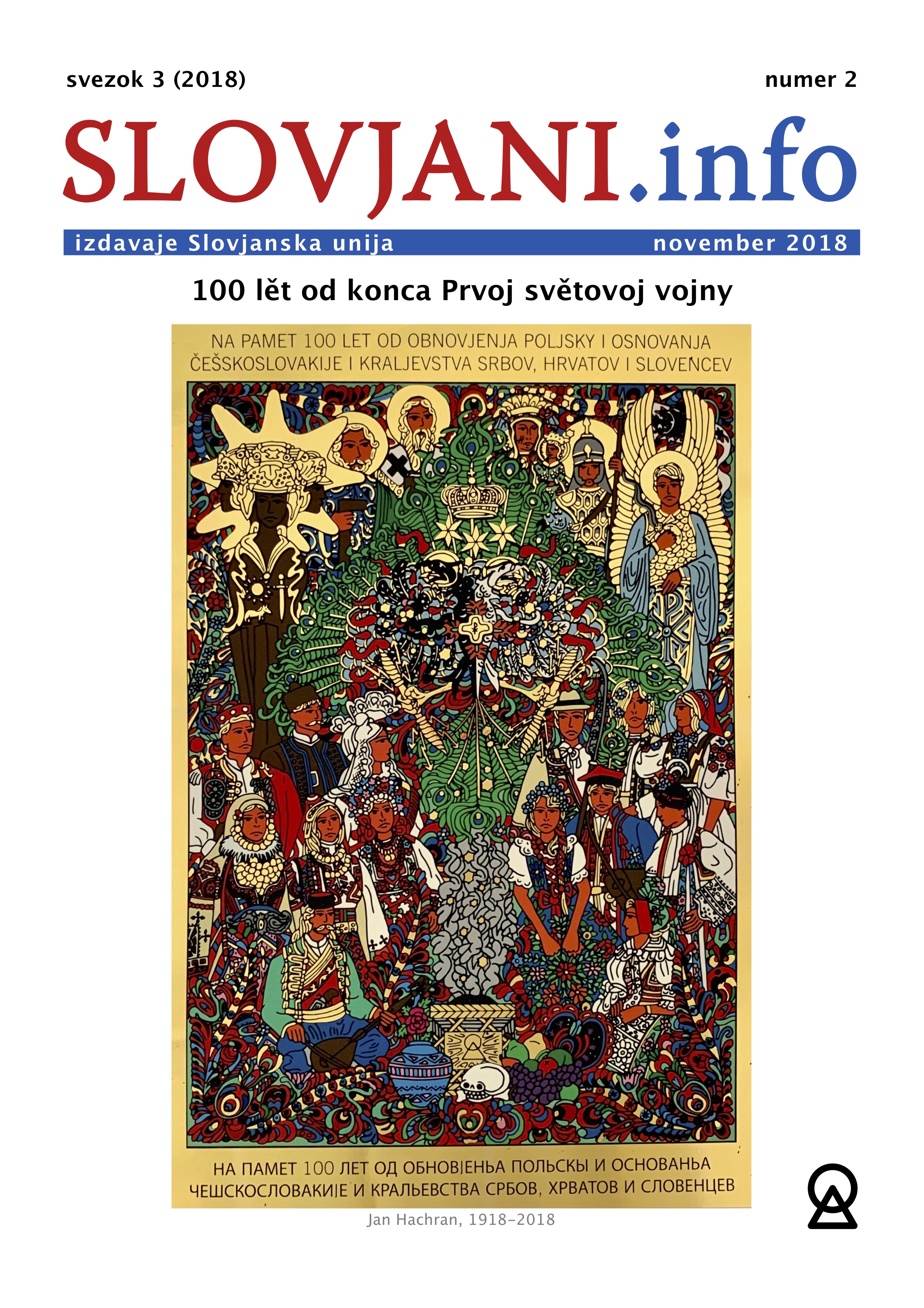Reforma Russkogo pravopisa 1918g - pričiny i prijem
Reform of the Russian Language - Reasons and Reception
Author(s): Nikolay Vladimirovich KuznetsovSubject(s): History, Language and Literature Studies
Published by: Slovanská unie z. s.
Keywords: orthography; the Russian language; Russian Émigré; the 1918 Reform
Summary/Abstract: In 1918 in the Soviet Russia, there was the reform of the Russian spelling. But not all people in Russia was agreed with that reform, that became a menace for the culture. During the Civil War the opponents of the Bolsheviks still used the traditional orthography to differ themselves from the Reds. After the Whites defeat, the traditional spelling became the symbol of Russian Émigré and its culture. Now the traditional orthography still lives. In this article, we are speaking about the history of the Russian orthography before and after the 1918 Reform. This article is written in Russian using orthography before 1918. / V 1918 godu v Sovětskoj Rossiji bylo reformirovano pravopisanje russkogo jezyka. Ale ne vsi v Rossiji byli suglasny s reformoju, ktora stala ugrozoj kultury. V časy Gradžanskoj vojny protivniky bolševikov korystovali tradicijno pravopisanje, aby iměti razliku od njih. Poslě poraženja bělyh, tradicijny pravopis stal se symbolom Zagraničnoj Rossije i jejinoj kultury. Sučasno tradicijno pravopisanje tež žije. V tutom članku my govorimo o historiji russkogo pravopisanja do i poslě reformy 1918 g. Članok jest pisany v russkoj jezyku v pravopisanji do reformy 1918 g.
Journal: SLOVJANI.info
- Issue Year: 3/2018
- Issue No: 2
- Page Range: 43-48
- Page Count: 6
- Language: Slavic (Other), Russian

